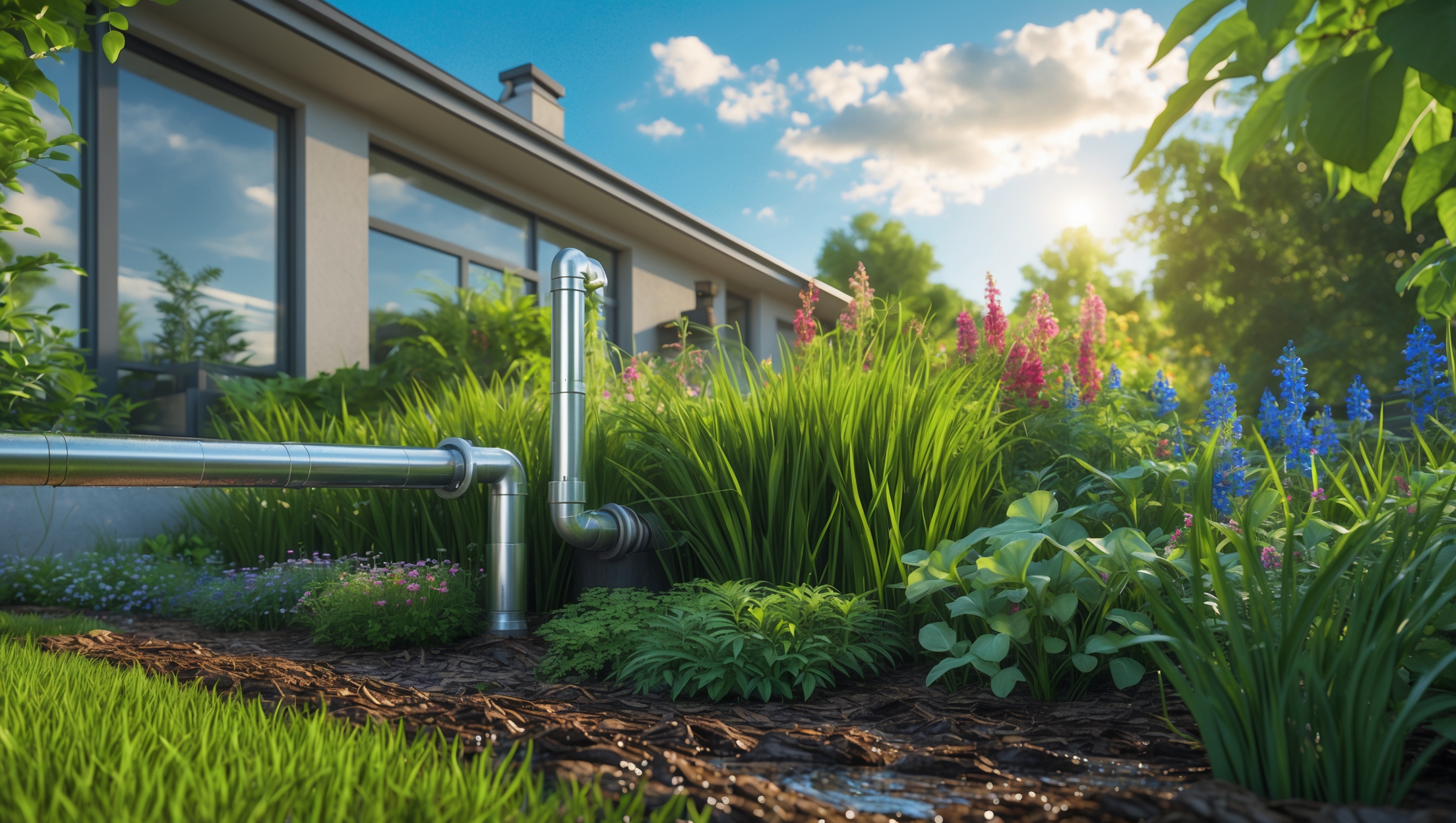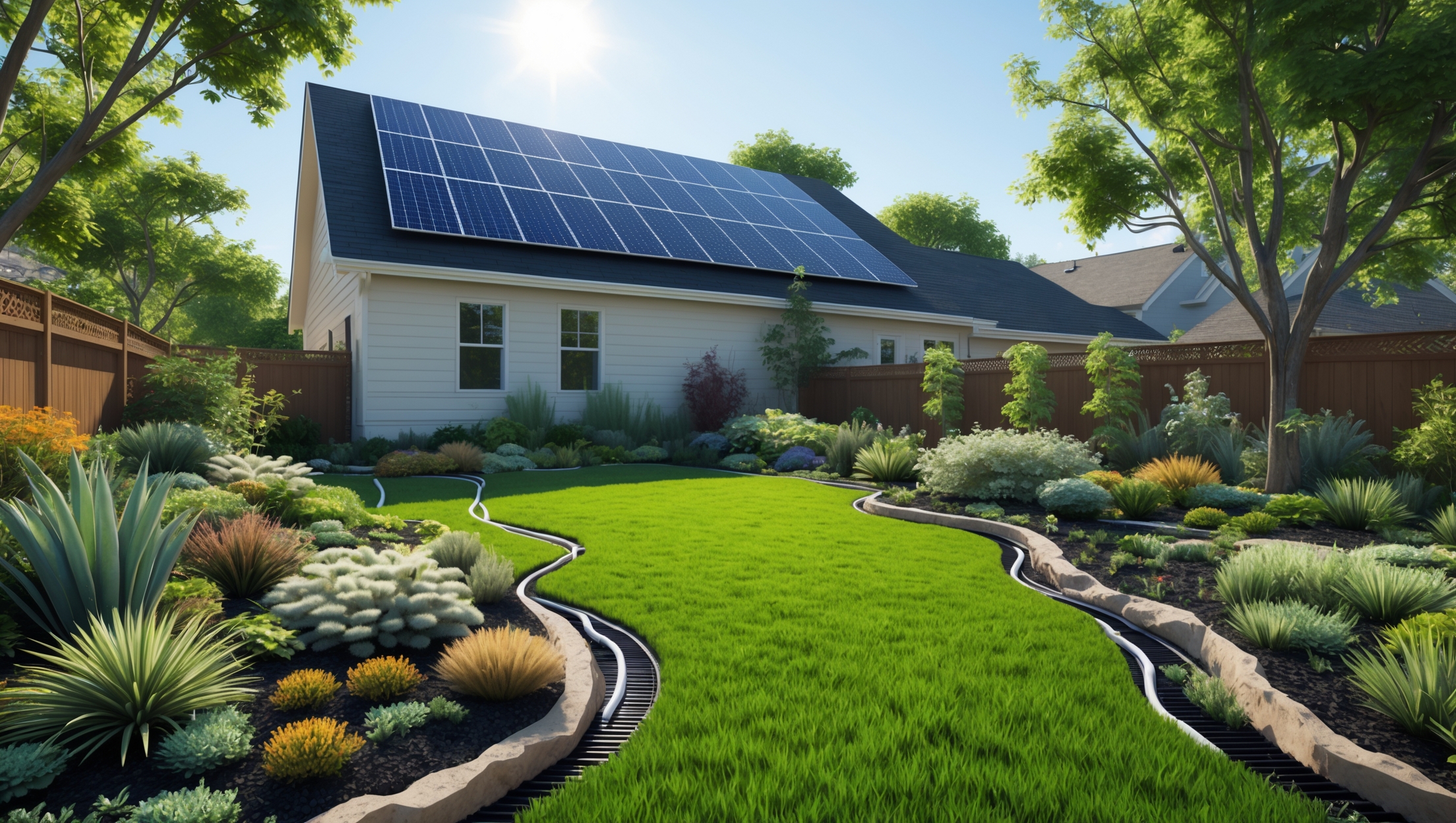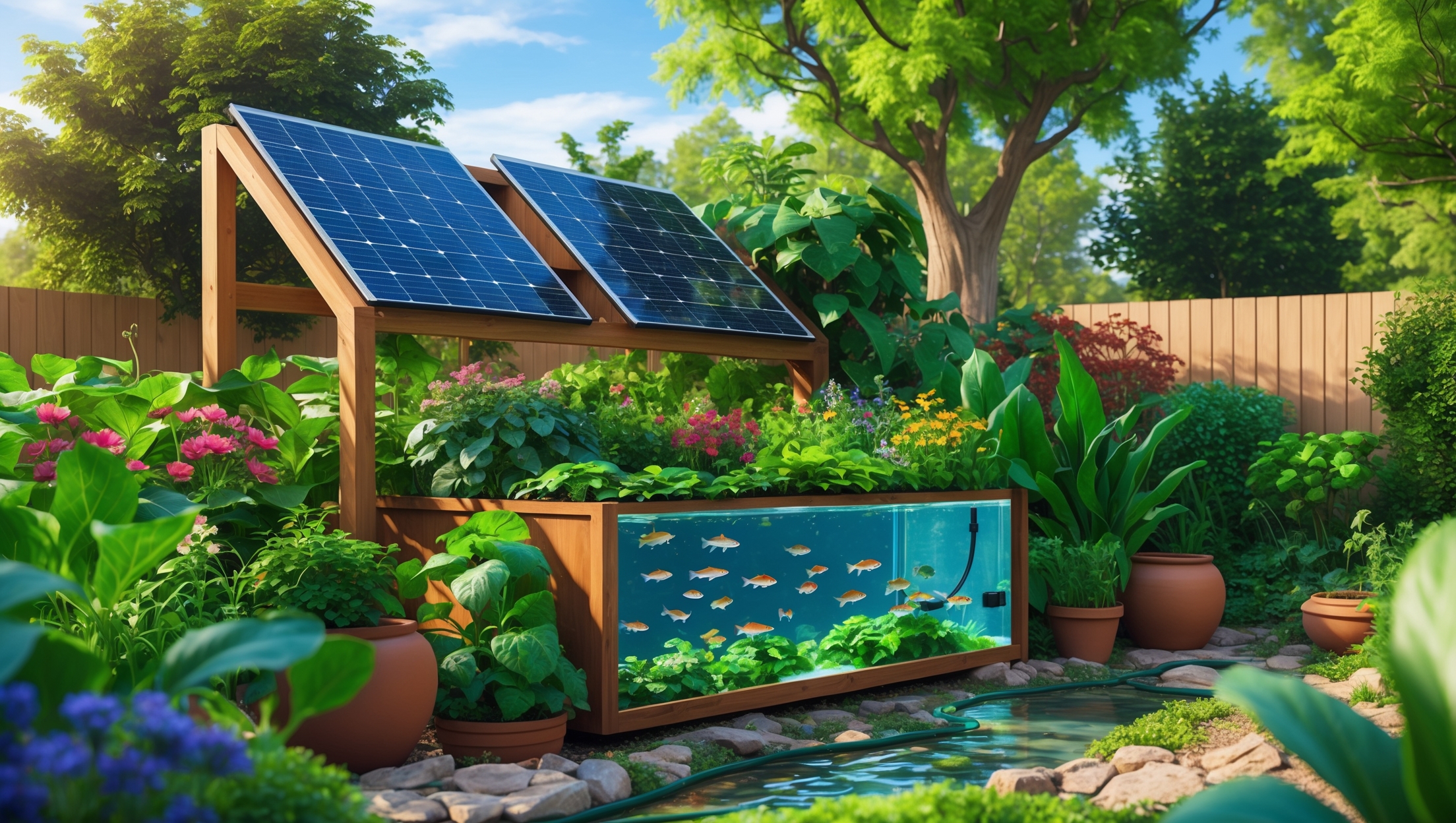Introduction: Why Insurance Matters for Rainwater Harvesting Systems
Rainwater harvesting has surged in popularity among eco-conscious homeowners seeking sustainability, water bill savings, and resilience against droughts. From simple barrel setups to advanced filtration and underground storage, these systems are an investment in both the environment and your property. However, many homeowners overlook a critical aspect of protecting that investment: insurance. What happens if a storm damages your storage tank, a freeze causes pipes to burst, or your system accidentally causes water damage to your home? Standard homeowner’s insurance policies often exclude or inadequately cover these risks, leaving gaps that could turn your green solution into an unexpected financial burden.
This comprehensive guide will walk you through the essential insurance considerations for residential rainwater harvesting systems. You’ll learn about the unique risks, how to work with insurers, what coverage options exist, and what to do if you need to file a claim. Whether you’re installing your first rain barrel or have a complex system with filtration and automated controls, understanding insurance is key to protecting your eco-investment for years to come.
Understanding the Risks: What Can Go Wrong?
Physical Damage
Rainwater harvesting systems are vulnerable to a range of physical threats, including:
- Severe Weather: Hailstorms, wind, and heavy rain can damage above-ground tanks, piping, and collection surfaces.
- Freezing Temperatures: Uninsulated pipes and tanks may crack or burst during cold snaps.
- Falling Debris: Branches or other objects can puncture storage tanks or gutters.
- Theft and Vandalism: High-quality tanks, pumps, and automated controllers may be targeted by thieves or vandals.
Water Damage to Property
System failures can cause unintended water intrusion, such as:
- Overflow: Blocked gutters or faulty diverters can cause water to back up under roofing materials or flood landscaping.
- Leaks: Poorly installed or aging connections can leak into basements, crawl spaces, or living areas.
Liability Issues
If runoff from your system causes flooding or damage to neighboring properties, you could be held liable. Cross-contamination of potable water supplies may also entail regulatory penalties or health hazards.
System Malfunction and Loss of Use
Mechanical failures in pumps, filters, or control systems can interrupt your water supply, leading to inconvenience or additional costs for repairs and alternative water sources.
Does Homeowner’s Insurance Cover Rainwater Harvesting?
Standard Policy Inclusions and Limitations
Most standard homeowner’s insurance policies provide limited coverage for “other structures” or “equipment” on your property. However, rainwater harvesting systems often fall outside these categories—especially if they are newly installed or considered “unusual.” Common limitations include:
- Exclusion of damage caused by water backup or flooding from outside the home
- Exclusion of mechanical breakdowns (e.g., pumps or filtration units)
- Coverage caps for unattached structures or non-permanent installations
- No coverage for gradual leaks or maintenance neglect
Endorsements and Riders
To ensure adequate protection, many homeowners add endorsements (riders) to their primary policy. These may include:
- Equipment Breakdown Coverage: Protects against sudden mechanical or electrical failure of pumps, controllers, or filtration systems.
- Water Backup and Sump Overflow Coverage: Helps cover water damage from system overflows or blockages.
- Personal Property Coverage: Extends protection to portable rain barrels, tools, and accessories.
Assessing Your System: What Needs to Be Covered?
Inventory and Documentation
Create a detailed inventory of your rainwater harvesting components. Include:
- Collection surfaces (roofs, gutters, diverters)
- Storage tanks (above or below ground)
- Pumps, filters, and UV sterilizers
- Automation and monitoring systems
- Plumbing, valves, and backflow preventers
- Associated landscaping or structures (pump houses, shelters)
Document each item with purchase receipts, serial numbers, and clear photographs. This documentation is vital for both securing insurance and expediting claims.
System Value Assessment
Calculate the replacement cost for each component, factoring in installation and labor. This helps determine appropriate coverage limits and informs discussions with your insurer.
Working with Insurers: Getting the Right Coverage
Communicate Clearly
When shopping for insurance or reviewing your existing policy, be proactive:
- Describe your system in detail, including its location (attached/detached), value, and intended use.
- Specify if the system is used for potable water, irrigation, or both. Potable systems may require additional scrutiny.
- Ask about coverage for both accidental damage and liability for third-party harm.
Questions to Ask Your Agent
- Is my rainwater harvesting system covered under my current policy? If so, what are the limits and exclusions?
- Do I need a rider for equipment breakdown or water backup?
- Are both above- and below-ground components covered?
- How does the policy handle gradual leaks versus sudden events?
- Is liability for off-site water damage included?
- How does coverage differ if the system is DIY versus professionally installed?
Special Considerations for DIY Installations
Insurers may scrutinize DIY systems for compliance with local codes and manufacturer guidelines. Improper installations can void coverage. Always:
- Keep detailed installation records and photographs
- Obtain relevant permits and inspections
- Use components rated for residential use
- Comply with all safety and backflow prevention requirements
Policy Options: What to Look For
Replacement Cost vs. Actual Cash Value
Opt for replacement cost coverage when available, ensuring you can rebuild or replace your system with new components—not just their depreciated value.
Coverage Limits and Deductibles
Set coverage limits that reflect the true cost of your system. Be aware of per-incident deductibles and whether separate deductibles apply for equipment breakdown or water damage claims.
Bundling and Discounts
Some insurers offer discounts for bundling equipment coverage, installing approved safety features (e.g., overflow alarms, backflow preventers), or achieving third-party certifications (such as LEED or WaterSense).
Maintaining Compliance: Permits, Codes, and Insurability
Why Codes and Permits Matter
Local building codes and water regulations often dictate design standards for rainwater harvesting systems. Noncompliance may invalidate your insurance or expose you to regulatory fines. Key requirements include:
- Proper backflow prevention devices
- Safe separation from potable water supplies
- Approved materials for potable use
- Permits for large or underground tanks
Documentation for Insurers
Keep copies of all permits, inspection reports, and compliance certificates to demonstrate your system meets local and insurer requirements.
Claims Process: What to Do When Things Go Wrong
Immediate Steps After Loss or Damage
- Take photos of all affected components and surrounding property
- Shut off water supply to prevent further damage
- Preserve damaged parts for inspection
- Document the timeline and circumstances of the incident in detail
Filing a Claim
Contact your insurer promptly, providing all documentation and a clear explanation. Be prepared to provide:
- Inventory and value of damaged components
- Proof of compliance with codes and permits
- Maintenance records (insurers may deny claims for neglect or improper maintenance)
Working with Adjusters
Meet with the adjuster on-site if needed, walk through the system, and clarify its function and value. Reference your inventory and receipts to support your claim.
Preventing Losses: Maintenance and Loss Mitigation
Regular Inspection Checklist
- Inspect tanks and pipes for leaks, cracks, or corrosion
- Clear gutters, downspouts, and filters of debris
- Test pumps, valves, and control systems periodically
- Winterize above-ground components before freezing weather
- Check overflow and shutoff devices for proper function
Security Measures
- Install locks or security fencing around valuable components
- Use tamper-resistant fasteners on tanks and controls
- Consider motion-activated lighting or cameras in vulnerable areas
Documenting Maintenance
Keep a log of inspections, repairs, and upgrades. This record supports insurance claims and helps demonstrate responsible system stewardship.
Advanced Considerations: Commercial-Scale and Shared Systems
Multi-Unit or Community Systems
If your rainwater harvesting system serves multiple homes or a community garden, liability and property coverage become more complex. Consult an insurance professional about specialized policies for shared infrastructure, cooperative ownership, and public access risks.
Integration with Other Green Technologies
Systems integrated with solar pumps, smart sensors, or greywater recycling may require additional coverage for interconnected equipment or “green” certifications. Always disclose these integrations to your insurer.
Conclusion: Securing Your Sustainable Water Future
Investing in a rainwater harvesting system is a powerful step toward sustainability, self-reliance, and environmental stewardship. But as with any significant home improvement, protection goes beyond installation and maintenance—it requires a thoughtful approach to insurance. Too often, homeowners assume their standard policy automatically covers their eco-upgrades, only to discover gaps after a loss. By understanding the unique risks, working proactively with your insurer, and maintaining thorough documentation, you can close those gaps and ensure your system is fully protected.
Don’t wait for disaster to strike before reviewing your coverage. Treat your rainwater harvesting system with the same diligence as your roof, HVAC, or solar panels. Inventory your components, check your policy, and, if needed, add targeted endorsements or riders. Keep your system compliant, maintained, and secure. And, most importantly, stay informed—insurance markets and policy terms evolve as green technologies become mainstream.
With the right insurance strategy, your rainwater harvesting system will deliver not only environmental and financial benefits but also peace of mind for decades to come. Protect your eco-investment today, and let every drop count toward a more resilient, sustainable tomorrow.




I’m planning to upgrade from a simple rain barrel to a more complex setup with automated controls and filtration. Are there particular insurance coverage differences I should be aware of as my system gets more advanced?
As you upgrade to a more advanced rainwater harvesting system with automation and filtration, it’s important to let your insurer know. More complex systems may require additional coverage for equipment breakdown, electrical faults, or water damage if a malfunction occurs. Your basic homeowner’s policy might not cover specialized components or leaks caused by system failures, so ask about equipment endorsement or a rider to protect your investment.
If I add a rainwater harvesting system to my existing home, do I need to notify my insurance company right away, or should I wait until my next policy renewal? I want to make sure there are no gaps in coverage.
It’s best to notify your insurance company as soon as you install the rainwater harvesting system. This ensures the new equipment is properly covered under your policy right away, preventing any gaps in coverage. Your insurer may want to update your policy details or discuss any specific requirements, so getting in touch promptly is the safest approach.
For homeowners with underground rainwater storage tanks, are there specific insurance riders or endorsements usually required, given the risks of heavy rain or root intrusion mentioned in the article? I’m curious how common coverage gaps are for these more advanced systems.
Homeowners with underground rainwater storage tanks often need to add specific riders or endorsements to their standard home insurance, since risks like water damage from heavy rain or root intrusion may not be automatically covered. Coverage gaps are quite common, especially if the tank is considered an ‘additional structure’ or if insurers view it as higher risk. It’s important to discuss your system’s details with your insurer and request written confirmation about what is and isn’t covered.
If my rainwater harvesting system causes water damage to my home, like if a pipe bursts and floods the basement, would standard homeowner’s insurance plans typically cover that, or do I need to ask for something extra?
Most standard homeowner’s insurance policies may not automatically cover water damage caused by a malfunction or leak in a rainwater harvesting system, especially if it’s considered an add-on or is not declared in your policy. It’s a good idea to talk to your insurance provider and specifically mention your system. They can advise you on whether you need additional coverage or a policy endorsement to protect against this kind of risk.
What steps should I take with my insurance company before installing a rainwater harvesting system to make sure I am fully covered for possible weather or water damage?
Before installing your rainwater harvesting system, contact your insurance company to inform them about your plans. Ask if you need to update your homeowner’s policy to cover the new system and any potential water or weather damage. Request details on required installation standards or certifications, and keep all documentation related to permits, professional installation, and system components. Review and adjust your coverage limits as needed to ensure you’re protected.
Could you explain what kind of documentation or maintenance records insurance companies typically require if I ever need to file a claim for freeze damage or vandalism to my rainwater harvesting equipment?
Insurance companies generally want proof that your rainwater harvesting system was properly installed and maintained. This often includes installation receipts, user manuals, maintenance logs, and inspection records. If you file a claim for freeze damage or vandalism, providing dated photos of the system, receipts for repairs or servicing, and records showing regular care can help support your claim and speed up the process.
What would be the first step if my rain barrel froze and cracked this winter? Should I contact my insurance first, or get an assessment from a contractor before filing a claim?
If your rain barrel froze and cracked, start by documenting the damage with clear photos. Next, review your homeowner’s insurance policy to check if damage to your rainwater harvesting system is covered. It’s generally wise to have a contractor assess the damage and provide a repair estimate before contacting your insurance. This helps you understand repair costs and whether it makes sense to file a claim based on your deductible and coverage.
For homeowners who have more advanced systems with filtration and automated controls, are there specific endorsements or add-ons we should ask about to ensure all components are covered by insurance?
For advanced rainwater harvesting systems with filtration and automated controls, it’s a good idea to discuss equipment breakdown coverage or a systems protection endorsement with your insurer. These add-ons can help cover damages to electronic components, control units, and specialized filtration equipment that standard policies might exclude. Be sure to provide your insurer with a detailed list of components and ask if additional coverage for mechanical or electrical failures is available.